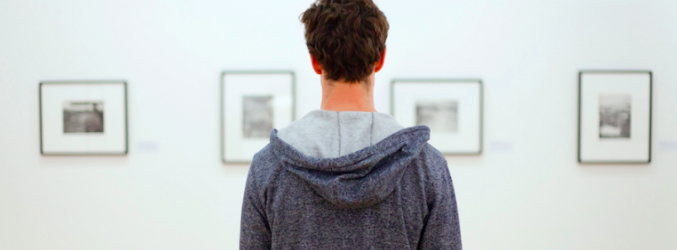Millennials are not “aging into” an affinity for cultural organizations. Here’s what this means for these entities.
“Just wait. Millennials will care about [museums, zoos, aquariums, performing arts] when they get older…” This has been a common refrain among board members and executive leaders within the cultural, visitor-serving industry over the last decade - particularly as it has become clear that though millennials make up the largest generation visiting cultural organizations, millennials are not visiting these organizations at representative rates. Not only that, our inability to engage millennials representatively is contributing to our shrinking visitor base. I entered...Never miss the latest read on industry data and analysis.
Already have an account? Sign In



